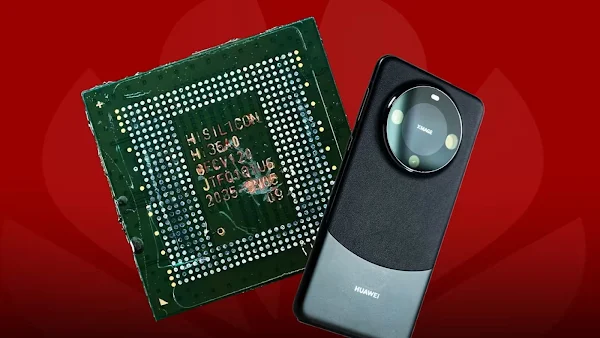New findings reveal that Huawei's latest Kirin 9020 chipset, featured in the recently launched Mate 70 series, is manufactured using SMIC's 7nm process. This underscores the significant limitations imposed by US sanctions on Huawei's ability to access advanced chip manufacturing technologies.
7nm Limitations
While initial reports suggested a 6nm process, a deeper analysis by TechInsights confirms that SMIC's progress has stalled at 7nm (also known as 'N+2'). Despite collaborative efforts to develop a 5nm node, the yield appears too low for commercial viability, making a more advanced Kirin chipset cost-prohibitive.
The analysis also shows that the Kirin 9020 features a 15% larger die size than its predecessor, the Kirin 9010, allowing for increased cache and slightly improved performance, but this does not negate the underlying limitations.
Impact of US Sanctions
US sanctions prevent Huawei from using more advanced manufacturing processes from companies like TSMC and Samsung. This forces Huawei to rely solely on SMIC, which is currently restricted to the 7nm process. SMIC's projected inability to transition to more advanced nodes before 2026 places Huawei at a significant disadvantage against competitors like Apple and Qualcomm, who are expected to be mass-producing 2nm chips by then.
This situation puts Huawei in a challenging position for future competitiveness in the mobile processor market.


